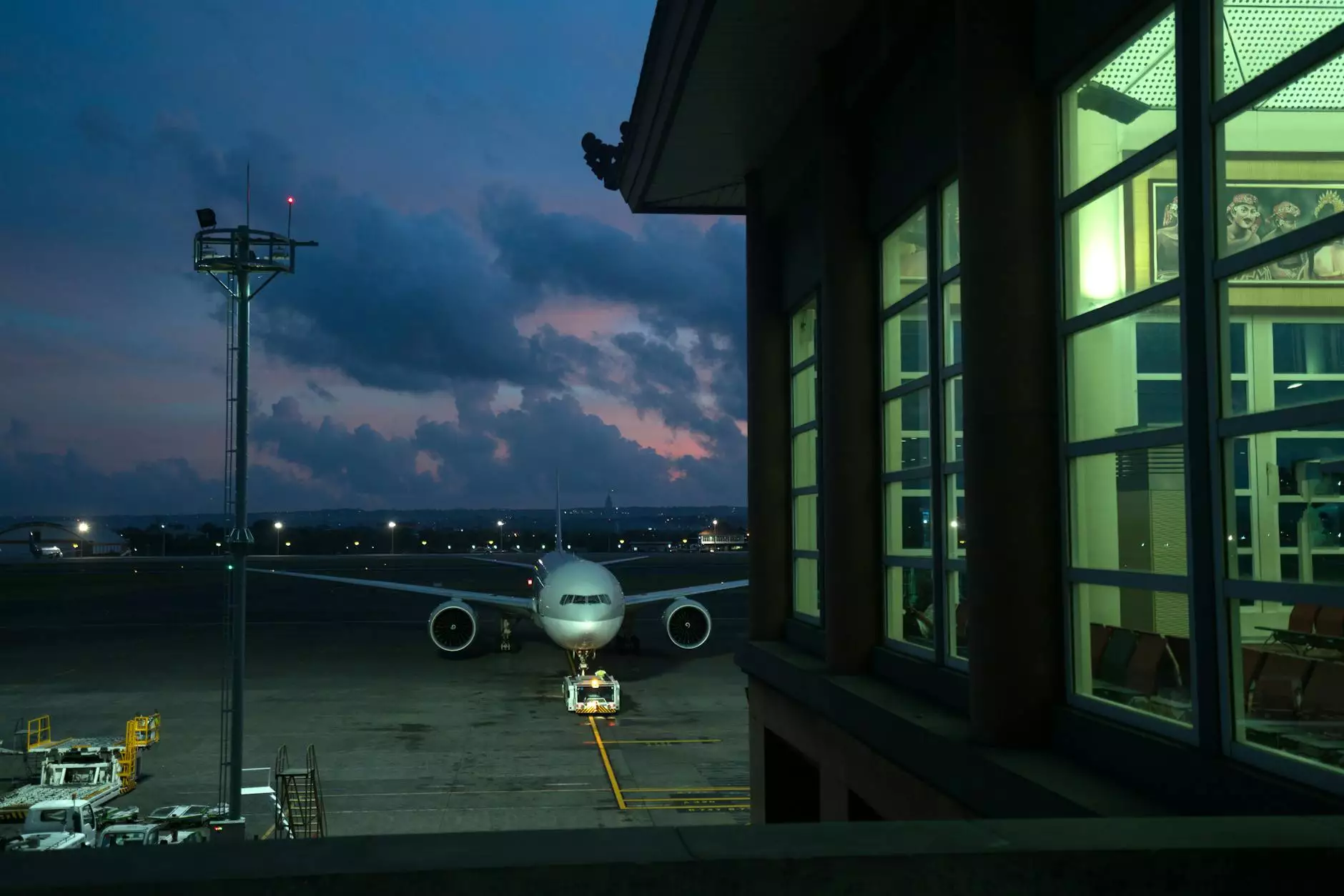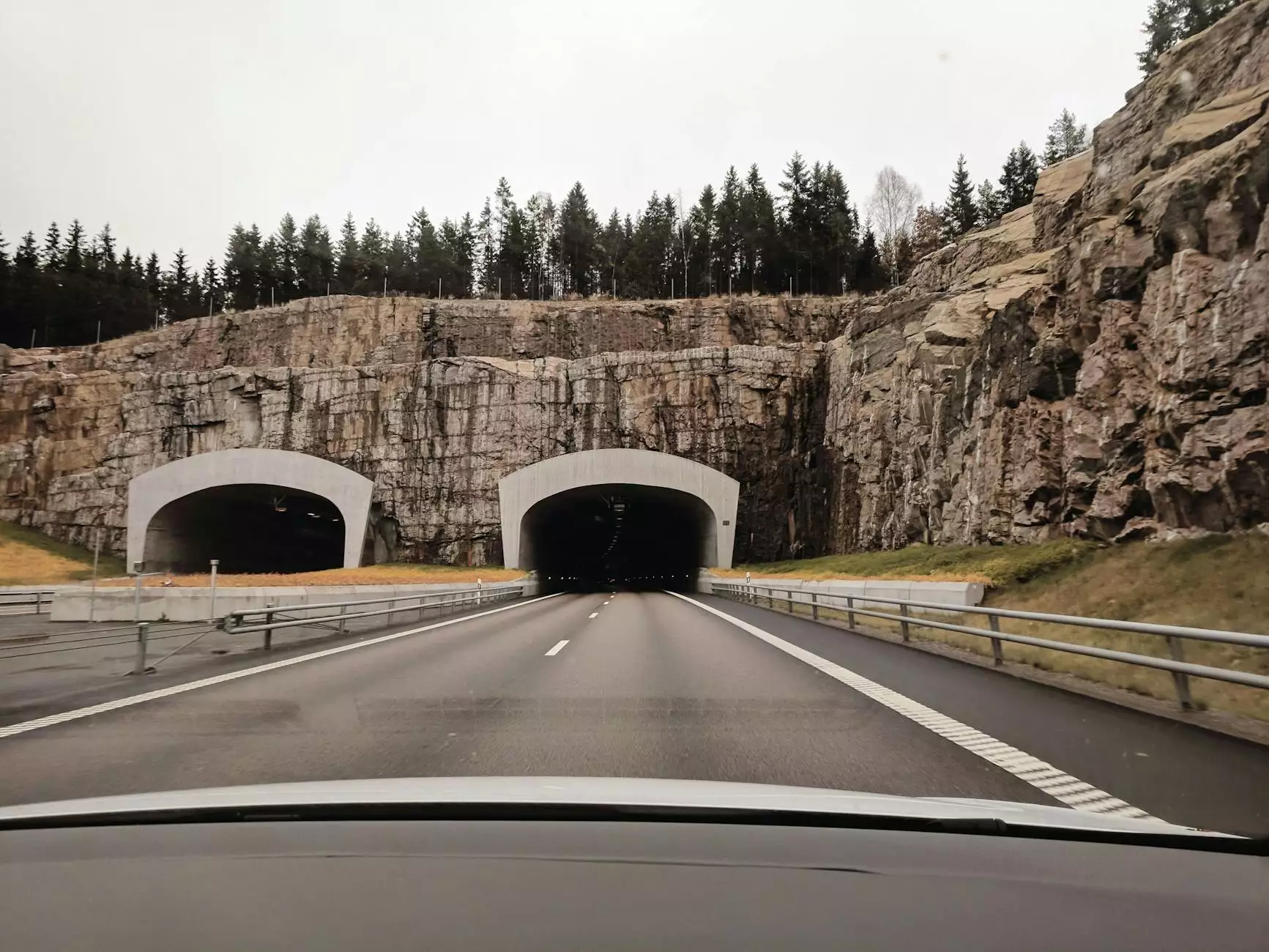Illuminating Spaces: The Art of Site-Specific Light Art

In the modern realm of art and entertainment, site-specific light art emerges as a revolutionary medium that transforms ordinary public spaces into extraordinary experiences. Artists worldwide utilize this unique form of expression to engage with their surroundings and provoke emotional responses from viewers. This article delves into the intricacies of site-specific light art, its significance in contemporary art, and its profound impact on urban environments.
Understanding Site-Specific Light Art
Site-specific light art refers to artistic works that are specifically designed for a particular location, often utilizing light as their main medium. This art form creates an immersive environment that interacts with the architectural elements and landscape of the site. The intention behind these installations is not just aesthetic but also conceptual, prompting viewers to reconsider their perceptions of light, space, and their relationship to the environment.
The Historical Context of Site-Specific Light Art
The notion of site-specific art can be traced back to the 1960s when artists began to explore the relationship between artworks and their locations. However, the incorporation of light as a primary medium emerged later, evolving through various movements such as minimalism and conceptual art. Artists like Dan Flavin and James Turrell pioneered the use of artificial light to create immersive experiences that challenge the boundaries of perception.
Key Characteristics of Site-Specific Light Art
- Interaction with the Environment: The placement of light art installations is meticulously planned to harmonize with the physical and cultural context of the site.
- Creating Atmosphere: Light art activates spaces by creating mood and atmosphere, changing how people experience a location, especially at night.
- Engaging Viewer Participation: Many light art installations invite viewers to interact with the art itself, fostering a personal connection with the work.
- Temporal Nature: Site-specific light art is often temporary, meaning it can offer a unique experience that might not be replicable elsewhere.
The Importance of Context in Light Art Installations
The effectiveness of site-specific light art is heavily reliant on its context. Artists must consider various factors including the historical significance of the site, the surrounding community, and the intended audience. For instance, a light installation at a historical landmark can evoke feelings of nostalgia while simultaneously prompting discussions about preservation and modernity.
Iconic Examples of Site-Specific Light Art
Throughout the world, numerous site-specific light art installations have captivated audiences and redefined spaces:
1. The Weather Project by Olafur Eliasson
Installed in the Turbine Hall of the Tate Modern in London, The Weather Project utilizes a massive semicircular disk emitting an ethereal glow, mimicking the sun. The installation invites visitors to lie on the floor and reflect upon their environment, fostering a communal experience that blurs the lines between nature and art.
2. Light Sculpture by Grimanesa Amorós
Renowned artist Grimanesa Amorós has created captivating site-specific light art pieces that engage with their surroundings while addressing themes of identity and culture. Her installations often illuminate and breathe new life into public spaces, encouraging community interaction and reflection.
3. Ciel Rouge by Claude Lévêque
This striking installation at the Maison de la Culture in Amiens, France, employs vibrant red light to transform the building’s exterior. By altering its appearance, Lévêque invites viewers to reconsider their daily interactions with the space, evoking a sense of wonder and curiosity.
Impact on Public Spaces and Communities
The integration of site-specific light art in urban environments can profoundly affect the community. Such installations not only beautify neighborhoods but also enhance public engagement and social interaction.
1. Enhancing Safety and Accessibility
Properly placed light art can illuminate dark areas, making public spaces safer and more inviting. Communities often experience increased foot traffic in areas once seen as unwelcoming, thanks to the strategic use of light.
2. Promoting Local Culture and Identity
Artists often draw inspiration from local culture when creating light art, resulting in installations that reflect community values and history. These works serve as a source of pride and a tool for cultural education.
3. Fostering Community Interaction
When communities come together to experience light art, it creates a shared moment that strengthens social bonds. Events such as light festivals attract visitors and encourage interaction, often sparking discussions and connections among community members.
The Process of Creating Site-Specific Light Art
The journey of creating site-specific light art is a meticulous process that requires collaboration between artists, architects, and often, local authorities. Here is a glimpse into the overarching steps involved:
1. Research and Development
Artists begin by conducting thorough research on the site, assessing its history, cultural significance, and how it interacts with its surroundings. Understanding local demographics and environmental conditions also plays a crucial role.
2. Conceptualization
Based on the research findings, artists develop a concept that aligns with both their artistic vision and the site’s unique characteristics. This phase often includes sketches and digital models to visualize the proposed installation.
3. Collaboration
Successful site-specific light art projects often require the input of various stakeholders, including local government, community groups, and engineers. Engaging with these parties helps ensure that the installation meets safety standards and resonates with the community.
4. Installation and Execution
Once approved, the logistics of implementing the installation come into play. This phase includes selecting materials, technical components, and coordinating the actual setup, often involving large teams of professionals.
The Future of Site-Specific Light Art
As technology advances and urban landscapes evolve, the potential for site-specific light art will only increase. Artists continuously push boundaries, experimenting with new materials, techniques, and concepts to engage audiences in innovative ways.
1. Integration of Technology
With the rise of digital and interactive technologies, future light art installations may include augmented reality components, allowing viewers to experience art in entirely new dimensions. This integration may create a more personalized viewing experience, where users can engage with artworks through their devices.
2. Environmental Considerations
As the world focuses on sustainability, artists are finding ways to incorporate eco-friendly materials and energy-efficient technologies into their installations. Designing light art that minimizes environmental impact will not only benefit surrounding ecosystems but also set a precedent for future art projects.
3. Expanding Global Dialogues
Through international collaboration and cultural exchange, the future of site-specific light art holds the potential to address global issues, such as climate change and social justice. Art can serve as a platform for advocacy, leading to powerful dialogues about the world we inhabit.
Conclusion: The Lasting Legacy of Site-Specific Light Art
As we delve into the world of site-specific light art, it becomes evident that this medium is much more than aesthetic beauty; it embodies the narrative of the space it occupies. The ability of light to reshape our environment bridges gaps between art, culture, and community, creating experiences that resonate on multiple levels. As more artists continue to explore the potent combination of technology, light, and space, we can anticipate a bright future where our public spaces are continually illuminated—and our senses engaged—in profoundly meaningful ways.








